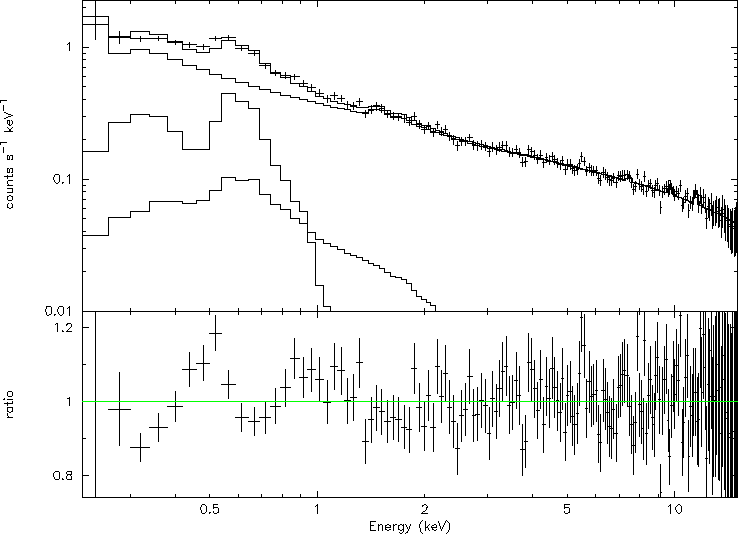NICER / ISS Science Nugget
for May 25, 2023
A nearby supernova
This week, the astronomy community is excitedly tracking a "once in a decade" event: a relatively nearby supernova, SN 2023ixf. The stellar explosion occurred in Messier 101, also known as the Pinwheel Galaxy for its beautiful face-on spiral morphology. Although there are many explosive events associated with stars, this was a core-collapse (Type II) supernova, the kind that is expected to leave behind a "compact object": a neutron star or black hole. As the massive progenitor star runs out of fuel to burn, the nuclear furnace at its core is no longer able to hold off the crush of its outer layers, and the star initially collapses; when the core is compressed to unimaginable densities and as the compact object forms, much of the infalling matter rebounds and is ejected in a titanic and luminous explosion. At a distance from Earth of 21 million light-years, the supernova -- which occurred near the tip of one of M101's spiral arms -- is among the most nearby core-collapse events ever seen. Telescopes across the electromagnetic spectrum are actively watching the supernova evolve, and are looking for any evidence of the newly formed neutron star or black hole.
SN 2023ixf was discovered on May 19; NICER began observing in the morning hours of May 20. No immediate evidence of the supernova was seen. NASA's Swift observatory was able to detect SN 2023ixf with its ultraviolet telescopes but also reported a non-detection in X-rays. These results are not surprising -- the ejected material is hot and glows in visible and ultraviolet light, but its density is high enough that it obscures X-ray emission from the central object. Several days later, NASA's NuSTAR telescope, which operates at X-ray energies much higher than NICER and Swift, detected SN 2023ixf in X-rays, with a spectrum that indicated deep absorption of low-energy X-rays. As the ejecta "clouds" disperse, we anticipate lower energy X-rays will begin to penetrate this material, offering us a glimpse of the compact object. NICER continues to monitor SN 2023ixf in hopes of providing a definitive detection of rapid variability -- pulsations or quasi-periodic behavior -- which would be the hallmark of a newborn neutron star or black hole.

Figure:
Preliminary X-ray spectrum and model, based on 17,000 seconds of early (within 2 days of discovery) NICER exposure for SN 2023ixf. Points with error bars in the top panel show the NICER data (photon counts binned according to their measured energies), and solid stepped traces represent components of a model that includes radiation background and diffuse X-ray sky "glow". The lower panel plots the data/model ratio; some low-energy excesses at low significance hint at possible emission from the M101 galaxy, but don't yet provide evidence for a detection of X-ray emission from the supernova.
<< Previous
Main Index
Next >>